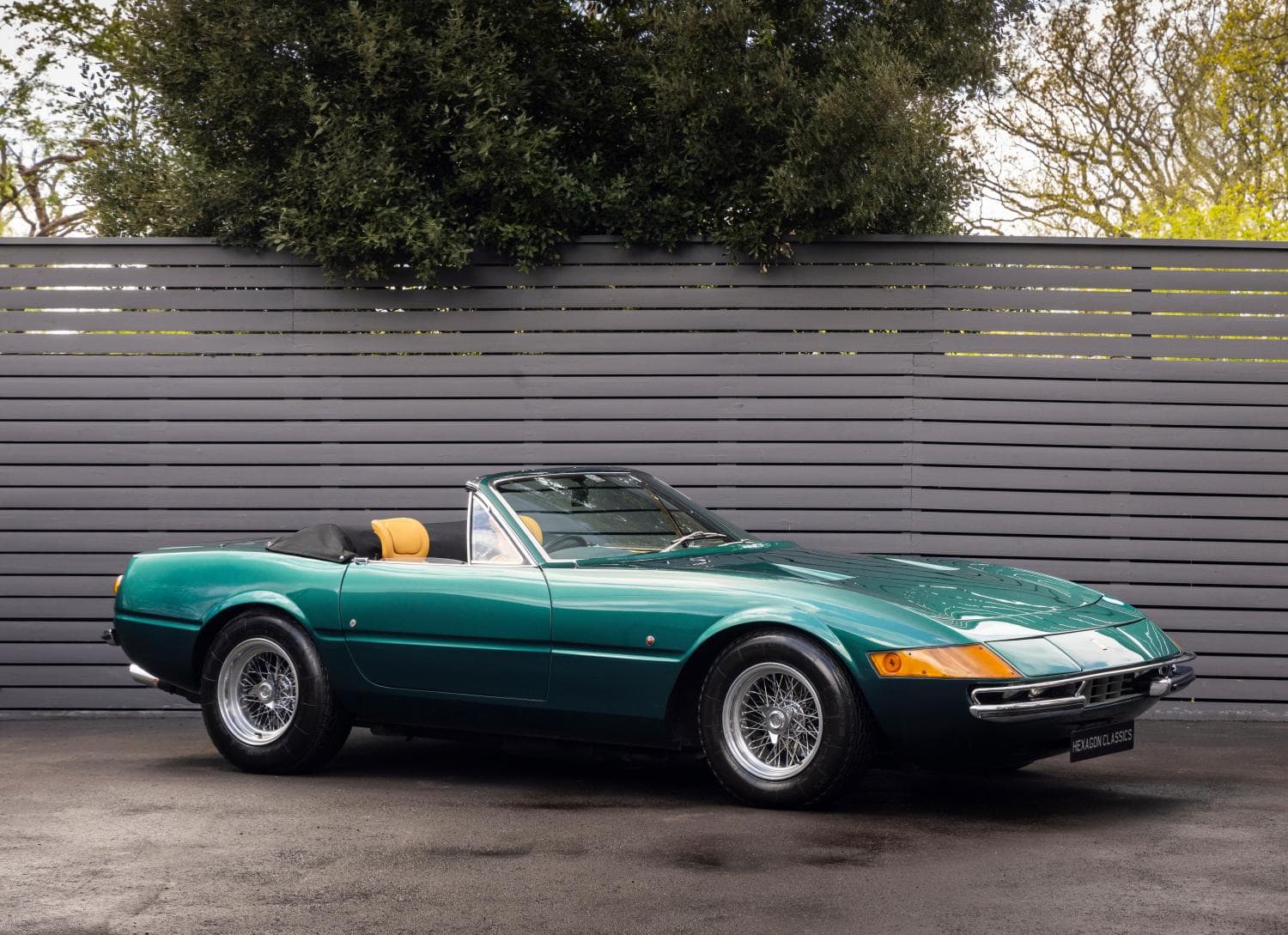In the automotive world, it’s no secret that carmakers are always looking to inject more excitement into their cars. However, simply having a powerful engine is often not enough. The car needs to have a mighty name that resonates with customers. To remind buyers of the performance credentials that the vehicle has, companies sometimes name cars after racetracks they were successful on.
This strategy creates an allure of success and promotes a simple checkered flag into everlasting recognition. Because of this, the cars named after famous racetracks often stand above the rest as unique, rare examples. We found the most unique cars named after racetracks. Check them out below and find out if you remember their unique heritage.
Ferrari 356 GTB/4 Daytona

Some say that Daytona was the best of all the classic Ferrari Gran Touring cars. We certainly can support that claim. Pininfarina designed the body with a twin-cam V12 engine, which produced 350 hp and 318 lb.-ft of torque. The car had perfect weight distribution thanks to the gearbox being installed on the rear axle. This combo helped road handling and balance (via Ferrari).

Ferrari never intended to make the Daytona a drag or street racer. This car had high top speed and was more suited to jumping continents than burning rubber on stoplights. However, with a 5.6-second o to 60 mph time, the Daytona certainly wasn’t slow and was quickly one of the fastest cars of the ’70s. Even though the Daytona was not an official name for this model, everybody called it that after a surprising win on the Daytona circuit in 1967.
